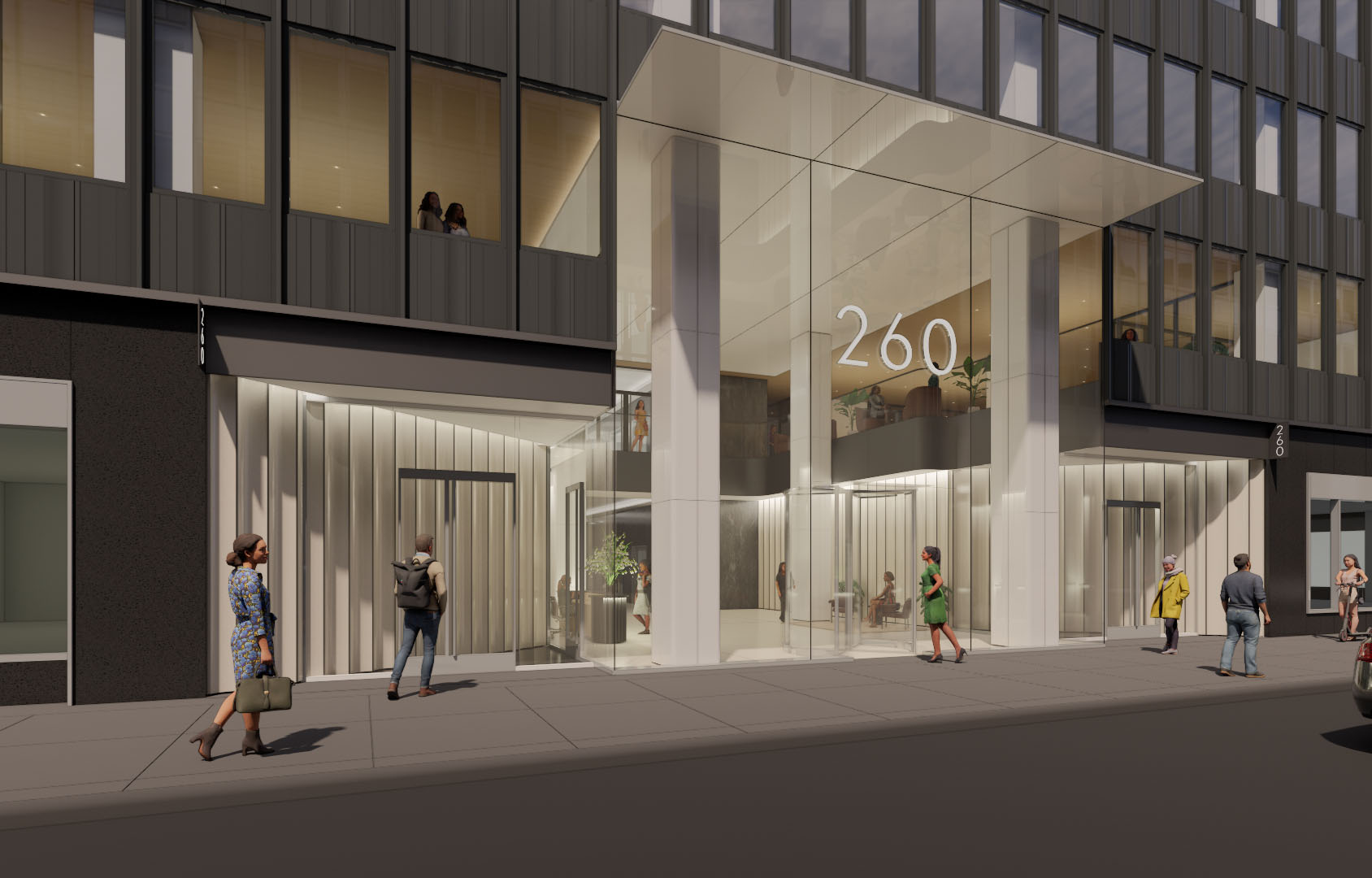The Revival Of NYC’s Real Estate Industry - By Michael Siino

As New York City works toward the recovery from a pandemic that is unlike anything we have seen in our lifetime, a few words continually resonate: Resilience. Reinvention. Recalibration. Rebound.
The pandemic hit hard, and in New York, everything scales large. Landlords scrambled to maintain their tenant base by making concessions, forgiving rent and finding creative ways to keep their revenue coming and pay their debt service. To many, it looked like this time NYC might not recover. But this city cannot be counted out so easily. Encouraging reports and forecasts throughout the final quarter of 2021 and into 2022 have offered hope that we are indeed on our way back. Offices are less empty, the streets are crowding with pedestrians, and yes, even traffic is returning.
Commercial Real Estate on the Up-Tick
Commercial leasing in Manhattan improved throughout 2021, with the 4th quarter of 2021 reaching levels of activity unseen since 2019, according to a report by Newmark. Total leased space grew by approximately 20% over the prior quarter, with over 8 million square feet leased in the quarter, and over 25 million s/f leased through the year. In the first quarter, 2022 saw a dip in February related to the Omicron variant, before rebounding to bring the Q1 volume to over $9 billion, with almost 5.7m s/f of transactions, according to a report by CBRE.
Average asking rents have also grown, but these averages are somewhat skewed, as many tenants have looked to upgrade into premier class A buildings. Overall, demand has increased significantly; however, available space has grown at an even greater pace as new construction and projects are completed, leaving vacancies – and opportunities – high.
Frank Wallach, Colliers’ senior managing director of research said, “We are still in this period where the increasing demand is not enough to offset the increasing supply.”
Of course, certain sectors have fared better than others. For example, as healthcare and biotech industries have grown in importance in the past two years, landlords have made significant efforts to accommodate the growing life sciences and healthcare industries, retrofitting existing spaces to fulfill the requirements of such industries, or building space suitable for their needs. Every crisis creates opportunities.
An increase in the filings for construction projects at the end of the year is another positive indicator of the returning confidence in the NYC commercial real estate market, as reported by REBNY. “This significant quarterly increase in large-scale construction is creating good jobs and much-needed housing at a critical moment in the city’s path to full economic recovery,” said REBNY president James Whelan.
Resourceful Landlords Continue to Adapt
Whether it be by agreeing to take on increased build-out costs or providing more generous rent concessions, landlords have managed to keep leasing velocity up. Offering amenities such as better food options, gyms, shared conference rooms, improved security, and green spaces has made returning to the office more palatable, thereby driving more leasing activity. Other landlords have considered repurposing underutilized spaces into much-needed residential or mixed-use developments.
SL Green Realty, Manhattan's largest office landlord, saw significant leasing activity throughout its portfolio, surpassing earlier expectations. They believe this trend will continue through 2022 as Manhattan’s workforce begins to return to the office.
Though remote work remains popular, the need for workers to convene to exchange ideas, socialize, and coordinate their work efforts side-by-side will always be necessary. Major firms continue to renew their leases as they prepare for a return of their workforce. Building sales also grew throughout 2021, indicating investors’ confidence that the office market will return.
Normalizing Residential Properties
The return to offices and the improving economy has also led to a new surge in the Residential real estate market. Average asking rents have risen to historic levels, as steady vaccination rates and returning office workers drive demand.
Likewise, after an initial dip in pricing in early 2020, cooperative and condominium prices have risen back to normal, pre-pandemic levels. Rising rents and high occupancy rates are a clear indication that many who migrated away from the city in the heart of the pandemic, are returning, and predictions of a sustained mass exodus out of New York City were unfounded.
There continues to be much uncertainty, but the state of real estate in New York City is improving. Naturally, new challenges will arise. Nonetheless, I believe that New York City will once again find its way through the difficult times and emerge stronger than ever. We will pivot and adapt and remain ever resilient, by reinventing how we do things, recalibrating the model that has brought success in the past, and rebounding to heights never seen before.
Michael Siino, co-leader of CBIZ Marks Paneth Real Estate Group in New York, NY
AmTrustRE completes $211m acquisition of 260 Madison Ave.


Strategic pause - by Shallini Mehra and Chirag Doshi

Behind the post: Why reels, stories, and shorts work for CRE (and how to use them) - by Kimberly Zar Bloorian

Lasting effects of eminent domain on commercial development - by Sebastian Jablonski









.jpg)

.gif)